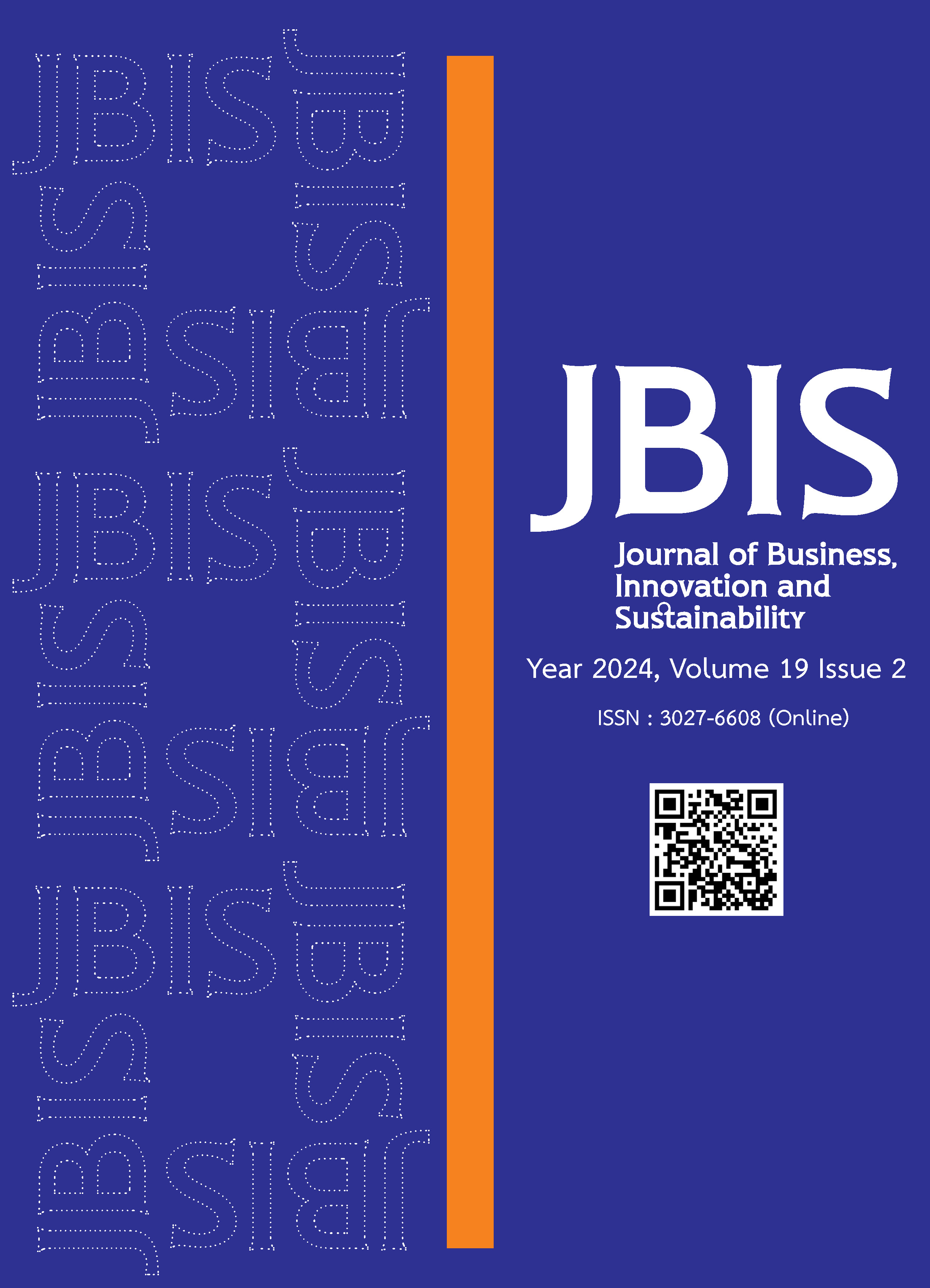Empowering Thai Dairy Farmers: Overcoming Challenges and Enhancing Competency through Integrated Communication Strategies
Main Article Content
Abstract
The dairy industry in Thailand is crucial for ensuring food security and driving economic development. However, Thai dairy farmers encounter significant challenges that impede their competency and productivity. This academic research aims to explore these challenges and suggest communication strategies to enhance the proficiency of dairy farmers in Thailand.
Despite the sector's steady growth, structural constraints such as small-scale operations and limited access to resources significantly hinder efficiency. Additionally, the quality of feed, animal health issues, and fluctuating market dynamics exacerbate the difficulties faced by farmers. To address these challenges, the paper advocates for integrated communication strategies informed by theoretical frameworks such as the Technology Acceptance Model (TAM), Diffusion of Innovation theory, and the Knowledge-Attitude-Practice (KAP) theory. Proposed solutions include tailored workshops, enhanced extension = services, and the integration of mobile technology to empower farmers and foster sustainable agricultural development.
Collaborative efforts with stakeholders and adopting a sustainable livelihood approach are essential for building resilience in the sector. Future research should investigate the integration of digital technologies and the role of social networks in further enhancing farmers' competency. Acknowledging the limitations of the current study, robust interventions can be designed to support the Thai dairy industry effectively.
Article Details

This work is licensed under a Creative Commons Attribution-NonCommercial-NoDerivatives 4.0 International License.
References
Aker, J. C. (2011). Dial “A” for agriculture: a review of information and communication technologies for agricultural extension in developing countries. Agricultural Economics, 42(6), 631-647.
Alex, G., Zijp, W. and Byerlee, D. (2002). Rural extension and advisory services: New directions. Washington: International Bank for Reconstruction and Development.
Chantalakhana, C. and Skunmun, P. (2002). Sustainable smallholder animal production systems in Thailand. Bangkok: Kasetsart University Press.
Fuglie, K. O. and Heisey, P. W. (2007). Economic returns to public agricultural research. In Economic Brief Number 10 (pp. 1-8). Washington: USDA.
Kaewbang, J., Lohanawakul, J., Ketnuam, N., Prapakornmano, K., Khamta, P., Raza, A., et al. (2024). Smart sensors in Thai dairy reproduction: A case study. Veterinary World, 17(6), 1251-1258.
Leeuwis, C. and Aarts, N. (2011). Rethinking communication in innovation processes: Creating space for change in complex systems. Journal of Agricultural Education and Extension, 17(1), 21-36.
Liao, X., Nguyen, T. P. L. and Sasaki, N. (2022). Use of the knowledge, attitude, and practice (KAP) model to examine sustainable agriculture in Thailand. Regional Sustainability, 3(1), 41-52.
Makarapong, D., Tantayanon, S., Gowanit, C. and Inchaisri, C. (2020). Intention to adopt and diffuse innovative ultraviolet light C system to control the growth of microorganisms in raw milk among Thais Dairy Farmers. Animal Science Journal, 91(1), e13375.
Moore, G. A. (2002). Crossing the chasm: Marketing and selling high-tech products to mainstream customers. United States: Harper Business Essentials.
Mulugeta, T., Ilomo, M., Mueke, A., Onyango, C., Matsaunyane, L., Kritzinger, Q., et al. (2024). Smallholder farmers’ knowledge, attitudes, and practices (KAP) regarding agricultural inputs with a focus on agricultural biologicals. Heliyon, 10(4), e26719.
Peffers, K., Tuunanen, T., Rothenberger, M. A. and Chatterjee, S. (2006). A design science research methodology for information systems research. Journal of Management Information Systems, 24(3), 45-77.
Rajchamaha, K. and Makararpong, D. (2023). Dairy farmers’ intention to use high-precision area-level weather warning technology in dairy farms in Thailand through an application on mobile phones. International Journal of Interactive Mobile Technologies, 17(18), 85-98.
Reardon, T., Berdegué, J. and Escobar, G. (2001). Rural nonfarm employment and incomes in Latin America: Overview and policy implications. World Development, 29(3), 395-409.
Rogers, E. M. (2003). Diffusion of innovations (5th ed.). New York: Free Press.
Spielman, D. J., Davis, K., Negash, M. and Ayele, G. (2011). Rural innovation systems and net works: findings from a study of Ethiopian smallholders. Agriculture and Human Values, 28, 195-212.
Venkatesh, V. and Davis, F. D. (2000). A theoretical extension of the technology acceptance model: Four longitudinal field studies. Management Science, 46(2), 186-204.
Wu, J.-H. and Wang, S.-C. (2005). What drives mobile commerce?: An empirical evaluation of the revised technology acceptance model. Information & Management, 42(5), 719-729.


